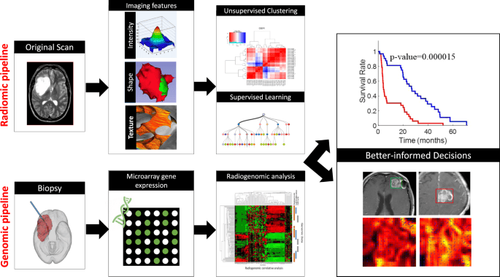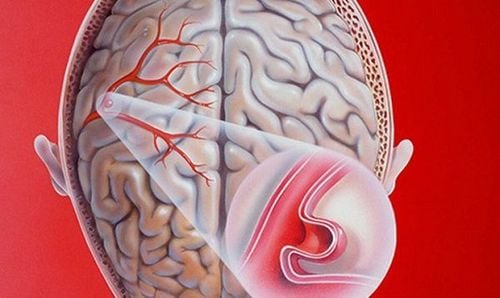This is an automatically translated article.
Persistent headache is a fairly common medical condition in today's society. This is a symptom of many causes, especially can be a manifestation of brain aneurysm. "If not detected early and treated promptly, when the brain aneurysm burst, it will lead to disability or death for the patient" - Dr. BS. Ton That Tri Dung, Head of Department of Examination & Internal Medicine, Vinmec Da Nang General Hospital emphasized in the interview the risks of this disease.
1. Doctor, what symptoms can you think of a brain aneurysm and what is the rate of this disease?
Dr. Ton That Tri Dung: According to studies, the rate of brain aneurysm in the community is about 3-5%. These are small and medium-sized aneurysms, most of which are asymptomatic, a few have common symptoms such as persistent nonspecific headache or 3rd cranial nerve palsy,... until A ruptured brain aneurysm causes symptoms such as: Severe headache like never before in life, vomiting, confusion, etc. Usually, the patient is taken to the emergency hospital at that time. or even death out of hospital.
Some studies also show that patients with persistent headache when being examined by a doctor and assigned to have a brain MRI scan have found that the rate of brain aneurysm is about 7 - 9%.
2. So patients with persistent headache symptoms of unknown cause can think of the risk of brain aneurysms?
Dr. Ton That Tri Dung: That's right. In my opinion, when there are signs of a persistent headache, one should not subjectively ignore or automatically use pain relievers, but need to see a doctor to determine the cause of the headache to have a specific treatment plan.
Vinmec Danang International General Hospital recently discovered that many patients with persistent headaches had small, medium and unruptured brain aneurysms. The case of 55-year-old Mrs. L.T.T, from Ha Tinh is an example. Mrs. L.T.T has had headaches for many years, went to many doctors but did not improve, the headache has increased and the pain has been continuous for a while now. When we went to Vinmec and were assigned to have an MRI scan, we discovered 3 brain aneurysms in many locations with large sizes. We decided to choose endovascular intervention to remove the aneurysm by stent transfer technique. Immediately after the intervention, the patient's headache was significantly reduced, until discharge from the hospital, his health improved well.
This is just one of the cases of brain aneurysm that Vinmec Danang Hospital has detected and treated recently. In recent years, thanks to modern imaging facilities, the number of people with unruptured cerebral aneurysms has increased. The treatment is minimally invasive with modern endovascular interventional techniques such as stenting technique, actively removing the brain aneurysm with high efficiency and safety, avoiding the risk of aneurysm rupture. , reducing patient mortality and disability.
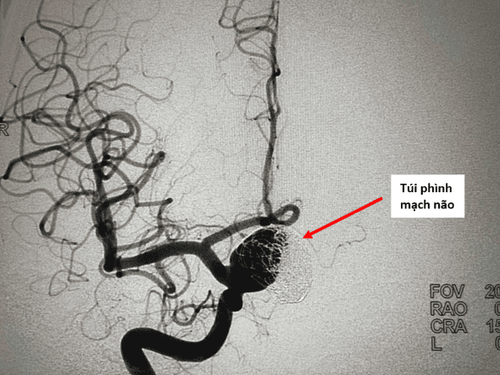
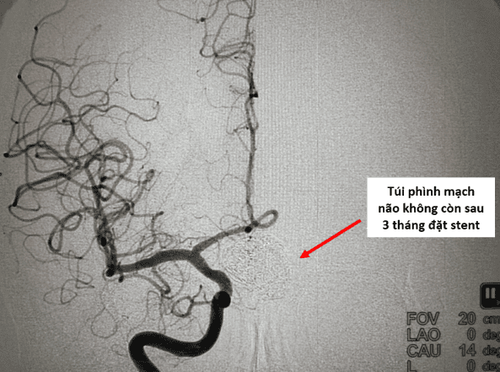
3. How to detect brain aneurysms early, doctor?
Dr. Ton That Tri Dung: Previously, cerebral aneurysm was difficult to diagnose and was often detected when the aneurysm burst causing cerebral hemorrhage - meninges were only detected because the patient was subjective with pain symptoms. normal head. Today, with modern imaging tools, especially the generation of magnetic resonance imaging (MRI/MRA) with high magnetic force (3.0 tesla), it is possible to capture and detect abnormalities of the cerebrovascular system (aneurysms and aneurysms). blood vessels, cerebral arteriovenous malformations,...) without injecting magnetic contrast agents, does not affect the patient's health, except for some contraindications. This is different from a CT angiogram of the brain: Contrast is required, which can cause allergies, shock, kidney failure, and X-ray infection.
However, magnetic resonance imaging (MRI/MRA) technology with magnetic resonance imaging (MRI/MRA) is High capacity (3.0 tesla) is currently not common, mainly only in large hospitals of Hanoi and Ho Chi Minh City. HCM. Vinmec Danang International General Hospital is now equipped with this modern imaging equipment, so it is very useful for clinicians to detect unruptured cerebral aneurysms in suspected patients, from there, to have a plan. Actively monitor and treat aneurysms.
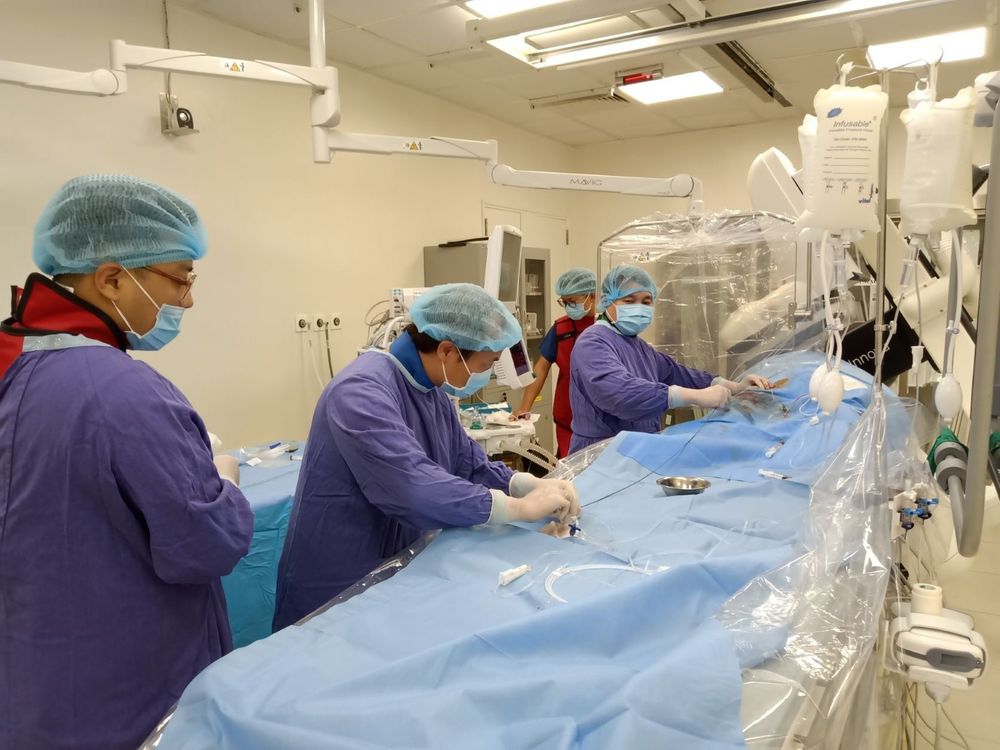
4. Please tell me, along with early detection, what is the most effective method to treat this disease?
Dr. Ton That Tri Dung: There are two main methods of treating brain aneurysms today, which are endovascular intervention or surgery. However, endovascular intervention is a minimally invasive, more effective and safer method that should be used more. With the advancement of science and technology, the means of cerebral vascular intervention are increasingly advanced, helping to treat very effectively with cerebrovascular diseases and strokes, in which stent technology transfers the treatment of cysts. Huge, wide-necked, unruptured brain aneurysm results in very high aneurysm removal with a low risk of complications. However, the implementation of this technique requires experienced doctors and in hospitals with adequate diagnostic imaging facilities and modern interventions to lead to highly successful and safe results for patients. core.Please dial HOTLINE for more information or register for an appointment HERE. Download MyVinmec app to make appointments faster and to manage your bookings easily.





